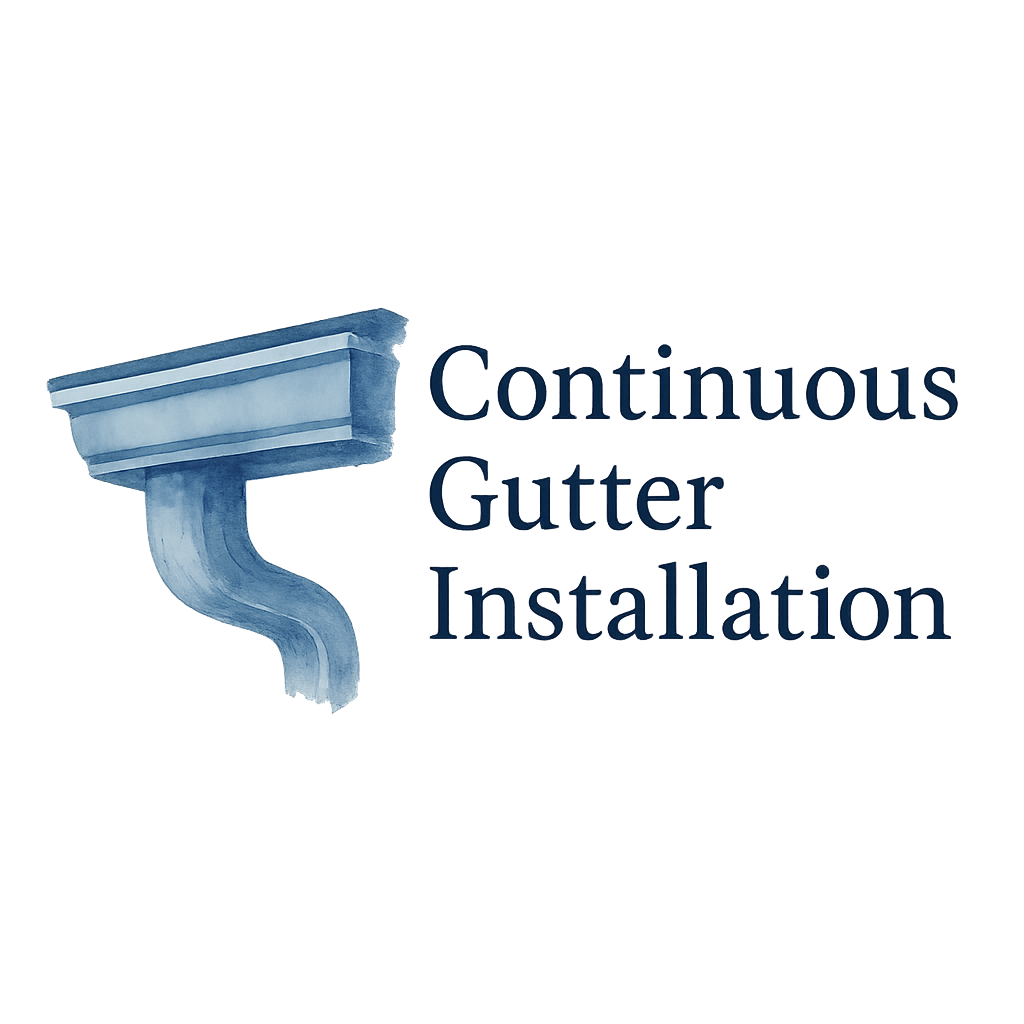Introduction: Why Continuous Gutters Matter
If you’ve ever watched rainwater cascade off your roof like a mini waterfall, you already know the importance of gutters. But here’s the thing—continuous gutter installation is a game-changer. Unlike sectional gutters, which come in pieces, continuous gutters are made from a single sheet of material, cut to fit your home. That means fewer leaks, a sleeker look, and less maintenance. Sounds good, right? Let’s dive into an 11-step checklist that makes the process simple and stress-free.
For more on the basics, check out this guide on gutter installation fundamentals.
Step 1: Assess Your Home’s Needs
Understanding Roofline and Drainage Patterns
Every home is unique. Before grabbing tools, take a moment to evaluate your roofline and how rainwater currently drains. Notice where water collects? That’s a hotspot for future gutter placement.
Identifying Gutter Warning Signs
Look for gutter warning signs like water stains on siding, foundation cracks, or soil erosion. If you spot these, it’s time to install or replace. More details are here: gutter warning signs.
Step 2: Choose the Right Gutter Type
Popular Continuous Gutter Styles
Seamless gutters come in aluminum, steel, copper, and vinyl. Each has perks. Aluminum is lightweight and budget-friendly, copper offers elegance, and steel provides rugged durability. Learn more about gutter types and styles.
Matching Gutters to Home Exterior
Think of gutters as accessories for your home. A trendy gutter finish can complement your siding and roofline, making your curb appeal pop. Explore more on modern gutter styles.
Step 3: Budget and Cost Planning
Affordable vs. Cost-Effective Gutters
Not all cheap options are cost-effective. Affordable gutters may save you now but lead to repairs later. Get smart with budgeting by reading gutter cost planning.
Common Hidden Costs to Consider
Factor in fasteners, sealants, and disposal fees for old gutters. A small oversight here can push your budget off track.
Step 4: Gather Tools and Materials
Essential Equipment Checklist
You’ll need:
- Ladder
- Tape measure
- Chalk line
- Power saw (for downspouts)
- Drill
- Screws and brackets
Safety Gear for Gutter Installation
Never skip safety. Gloves, goggles, and harnesses protect against falls and sharp edges. Safety is a must when handling heavy materials. Find tips at gutter safety.

Step 5: Remove Old Gutters
Safe Dismantling Practices
Start at the downspout, working your way across the roofline. This prevents sudden collapses or bending.
Inspecting for Hidden Gutter Damage
Once removed, check for rot, fascia board damage, or mold. Learn more signs of gutter damage.
Step 6: Measure and Plan Layout
Slope and Alignment Considerations
Continuous gutters need a slight slope—about 1/4 inch per 10 feet—for proper drainage. Mark this with a chalk line before attaching hangers.
Preparing for Downspout Placement
Plan where downspouts will direct water. Avoid areas near entryways or high-traffic zones.
Step 7: Cut and Assemble Gutters
Seamless Cutting Techniques
Continuous gutters are cut from a coil using a specialized machine. No seams = fewer leaks.
Joining Sections Without Leaks
If a long section requires joining, overlap and seal tightly. A quality sealant prevents gaps.
Step 8: Install Gutter Hangers and Brackets
Spacing for Strength and Longevity
Install hangers every 2 feet. In snowy regions, place them closer for extra support.
Securing for Seasonal Care
This step ensures gutters stay put during storms and heavy rain. More seasonal tips here: seasonal care.
Step 9: Attach and Seal Gutters
Applying Proper Sealants
Seal corners, end caps, and joints with gutter-specific caulking.
Ensuring a Leak-Free Installation
Double-check connections after 24 hours to confirm no leaks.
Step 10: Install Gutter Protection Systems
Gutter Screens and Guards
These prevent leaves and debris from clogging the flow. Explore options at gutter protection systems.
Preventing Debris Control Issues
With guards, you reduce the need for constant gutter cleaning.
Step 11: Test, Inspect, and Maintain
Flushing Gutters with Water
Run a garden hose through gutters to check flow and leaks.
Seasonal Maintenance Tips
Inspect before rainy and snowy seasons. Early care prevents costly gutter replacement. For ongoing help, see gutter maintenance care.
Common Mistakes to Avoid
- Skipping slope alignment
- Using too few hangers
- Choosing cheap, low-quality gutters (cheap gutter)
- Ignoring home protection against water damage
Professional vs. DIY Installation
DIY saves money, but pros bring expertise, specialized tools, and warranties. If you’re short on time, hiring pros might be the smarter move.
Conclusion
Installing continuous gutters isn’t rocket science, but it does require patience and attention to detail. By following this 11-step checklist for successful continuous gutter installation, you’ll protect your home, boost curb appeal, and save money long-term. Want more insights? Visit Continuous Gutter Installation for guides, tips, and expert resources.
FAQs
Q1: How long do continuous gutters last?
They typically last 20–30 years with proper care.
Q2: Are seamless gutters worth the investment?
Yes! They reduce leaks and require less maintenance.
Q3: Can I install continuous gutters myself?
You can, but it requires specialized equipment and safety knowledge.
Q4: What’s the most cost-effective gutter material?
Aluminum is affordable, durable, and widely recommended for budget gutters.
Q5: How often should I clean gutters with guards?
At least twice a year, but much less than unprotected systems.
Q6: Can continuous gutters handle heavy rainfall?
Yes, if properly installed with adequate downspouts.
Q7: What’s the biggest mistake homeowners make?
Ignoring small leaks or skipping regular maintenance tips.


